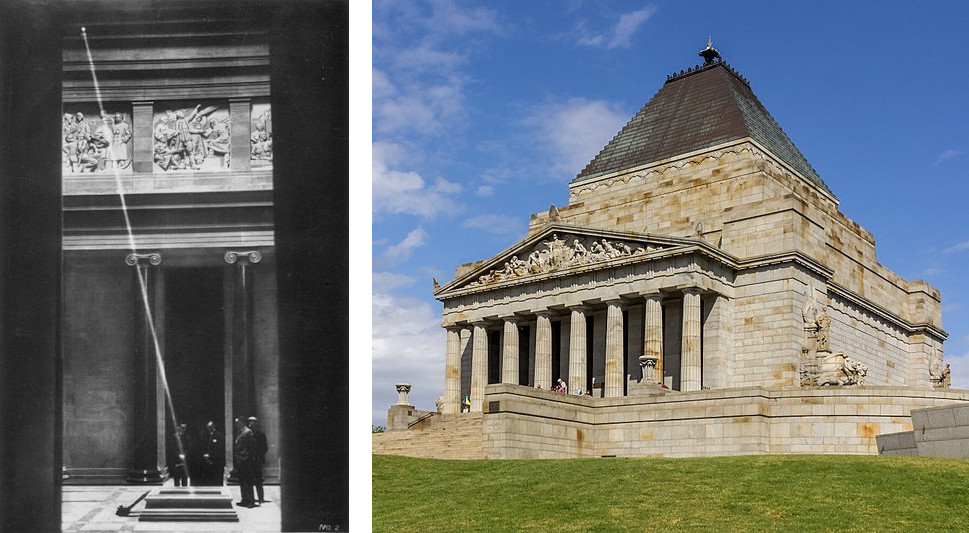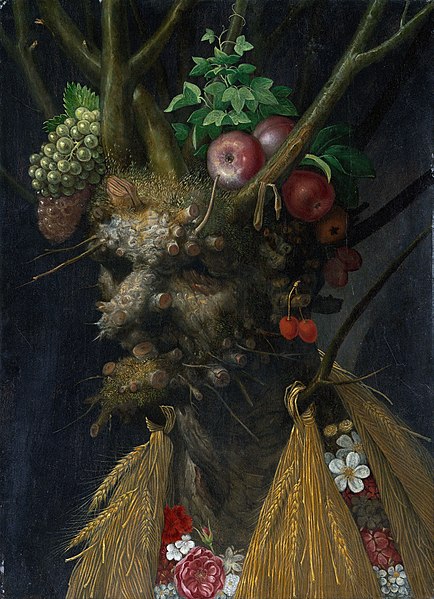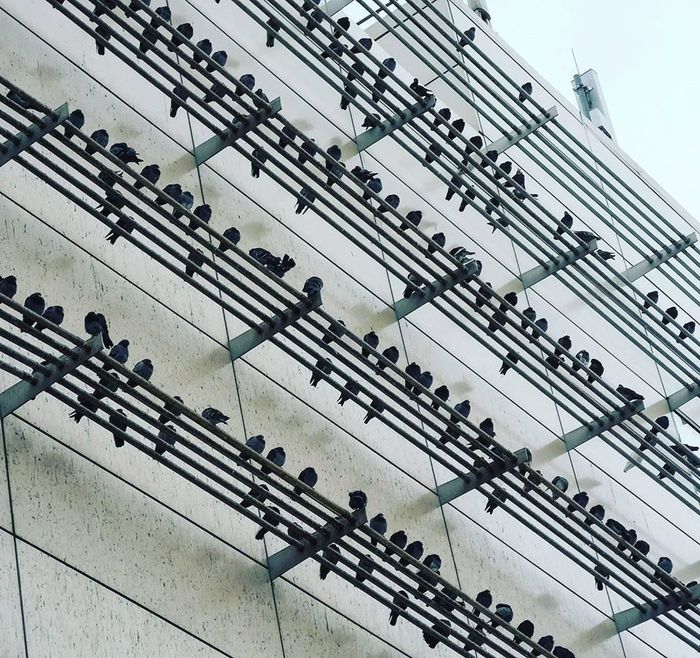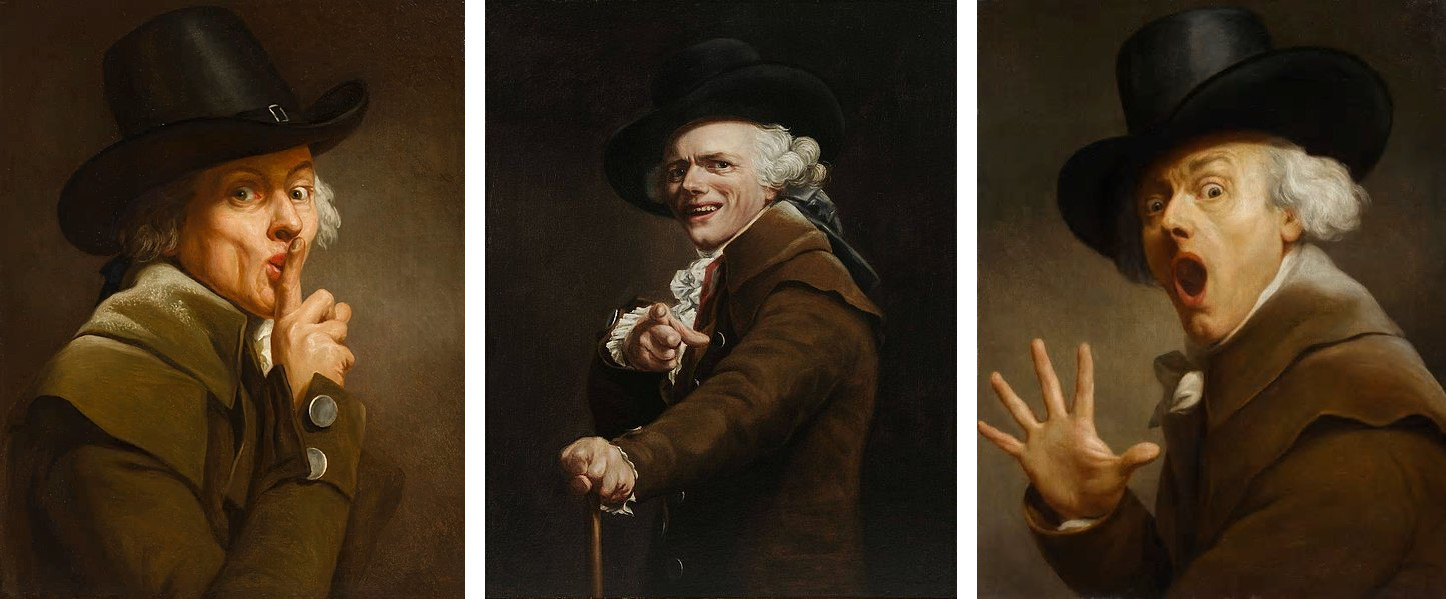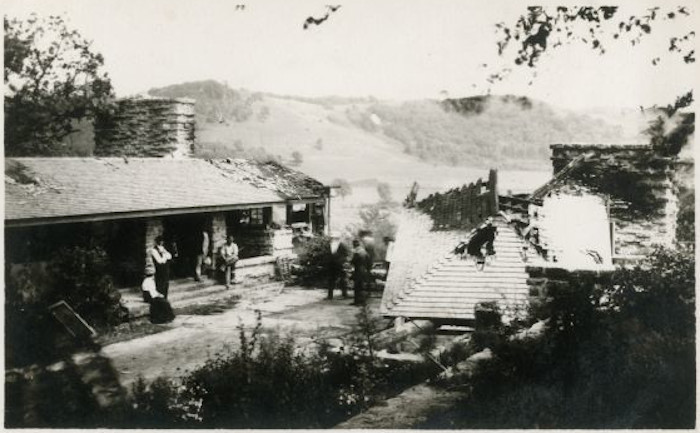In 1995, Alma College mathematician John F. Putz counted the measures in Mozart’s piano sonatas, comparing the length of the exposition (a) to that of the development and recapitulation (b):
|
Köchel and movement
|
a
|
b
|
a + b
|
|
279, I
|
38
|
62
|
100
|
|
279, II
|
28
|
46
|
74
|
|
279, III
|
56
|
102
|
158
|
|
280, I
|
56
|
88
|
144
|
|
280, II
|
56
|
88
|
144
|
|
280, II
|
24
|
36
|
60
|
|
280, III
|
77
|
113
|
190
|
|
281, I
|
40
|
69
|
109
|
|
281, II
|
46
|
60
|
106
|
|
282, I
|
15
|
18
|
33
|
|
282, III
|
39
|
63
|
102
|
|
283, I
|
53
|
67
|
120
|
|
283, II
|
14
|
23
|
37
|
|
283, III
|
102
|
171
|
273
|
|
284, I
|
51
|
76
|
127
|
|
309, I
|
58
|
97
|
155
|
|
311, I
|
39
|
73
|
112
|
|
310, I
|
49
|
84
|
133
|
|
330, I
|
58
|
92
|
150
|
|
330, III
|
68
|
103
|
171
|
|
332, I
|
93
|
136
|
229
|
|
332, III
|
90
|
155
|
245
|
|
333, I
|
63
|
102
|
165
|
|
333, II
|
31
|
50
|
81
|
|
457, I
|
74
|
93
|
167
|
|
533, I
|
102
|
137
|
239
|
|
533, II
|
46
|
76
|
122
|
|
545, I
|
28
|
45
|
73
|
|
547, I
|
78
|
118
|
196
|
|
570, I
|
79
|
130
|
209
|
He found that the ratio of b to a + b tends to match the golden ratio. For example, the first movement of the first sonata is 100 measures long, and of this the development and recapitulation make up 62. “This is a perfect division according to the golden section in the following sense: A 100-measure movement could not be divided any closer (in natural numbers) to the golden section than 38 and 62.”
Ideally there are two ratios that we could hope would hew to the golden section: The first relates the number of measures in the development and recapitulation section to the total number of measures in each movement, and the second relates the length of the exposition to that of the recapitulation and development. The first of these gives a correlation coefficient of 0.99, the second of only 0.938.
So it’s not as impressive as it might be, but it’s still striking. “Perhaps the golden section does, indeed, represent the most pleasing proportion, and perhaps Mozart, through his consummate sense of form, gravitated to it as the perfect balance between extremes,” Putz writes. “It is a romantic thought.”
(John F. Putz, “The Golden Section and the Piano Sonatas of Mozart,” Mathematics Magazine 68:4 [October 1995], 275-282.)
